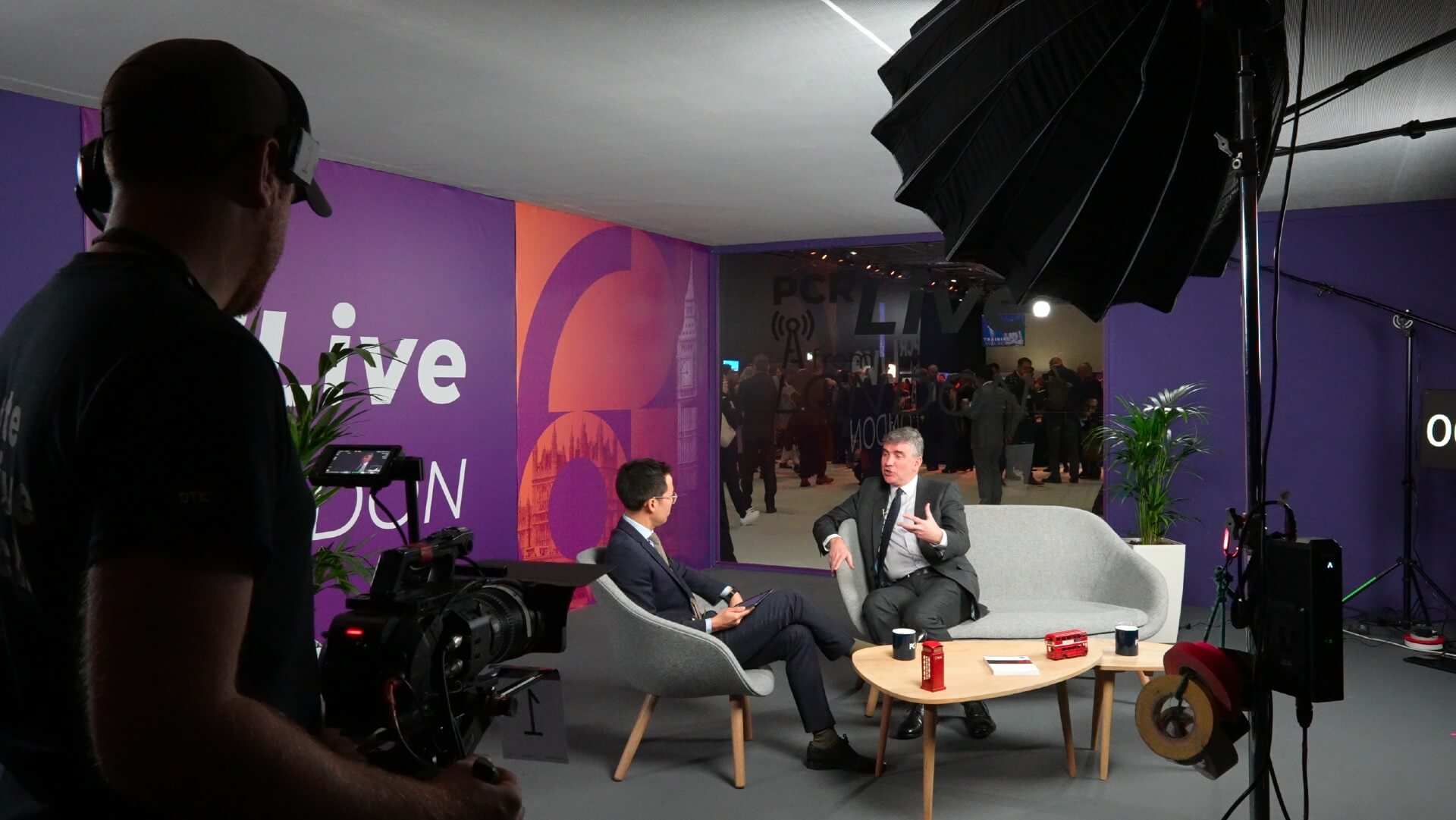This website uses cookies so that we can provide you with the best user experience possible. Cookie information is stored in your browser and performs functions such as recognising you when you return to our website and helping our team to understand which sections of the website you find most interesting and useful.
30% of people lack the time to create video content.1
However, 91% say video marketing has helped them increase traffic.
With such a positive result from the medium, businesses often find themselves questioning the possibilities and effects of video on their KPI’s.
Our video production team employ an adaptable five-stage video process, guiding all stakeholders through from the initial brief to the polished final film. Utilising this process ensures that our team are clear on how to most effectively communicate a clients goals before the shoot day.

Stage One: Internal Video Process Brief
The creative process begins as a video production briefing form.
This document outlines the parameters of the project. This is arguably the most crucial stage of the process. It ensures that the there is a concise overview of the campaign audience, objectives and brand guidelines. This acts as a referral point to ensure that all following stages are achieving the original goals and objectives. It also ensures that the project can move seamlessly through to the process without any confusion.
Stage Two: Stage Documents
Following our three stage process, we communicate creative proposals which achieve the project goal through an assortment of journeys that align to the strategic objectives of the campaign.
These are used as discussion points with the client to consider and reach the best responses to the brief. Upon acceptance of a final solution, a detailed shooting schedule begins construction.

Stage Three: Pre-Shoot
Storytelling is a key part of any marketing or video campaign.
The video production team takes the key messages the client is looking to achieve and begins to create visual story boards and scripts to bring the vision to life.
Ensuring that the narrative and visuals align with the brand, objectives and audience the storyboard connects all the key elements of the campaign. A shot list and shoot schedule compliment this, detailing shot types which demonstrate processes with complete clarity, and the time frame to capture these. Kit lists, a recce of the shooting location (if required) and any additional information (such as model release forms, health and safety documentation and risk assessments) are the final steps preparation to begin the implementation of the video production.
For a recent live streamed collaboration with interventional cardiologist course provider PCR, an understanding of logistics between a stationary set and on site filming was needed. A chat show format would be require multiple cameras in select positions, capturing each angle. Whilst cuts to improvised discussions within the show ground would need a movable camera and microphone.
Stage Four: Shoot Day
Then the fun part begins!
On shoot day our team arrive fully equipped to deliver the clients concept. From briefing anyone who is due to be in front of the camera, to ensuring that everyone behind the scenes knows where they need to be and when. The shoot day must and does run to military precision to ensure the best and most efficient results.
The video production team also needs to be aware of any restrictions or guidelines for the location so that they can adhere from a health and safety perspective too. This will have been identified during stage three. For example, recent shoots with innovative vertical farming company, Perfectly Fresh, our team needed to adapt their process to match sterilised environmental conditions and capture content in accordance with their stringent guidelines.
The shoot can then commence, following the planned schedule with time installed for re-takes or logistical needs. Footage security is demonstrated through uploads once complete with a morning session, before resuming with filming until completion and pack-down of equipment.
Stage Five: Post-Production
Once the RAW footage is captured, our post-production team can then work on the final outcome.
This is where they can not only add transitions and effects, but also overlay with graphic elements and animations if required, to truly bring the video to life.
Another consideration of the post-production stage is how the client can utilise the video content across multiple channels. By shooting the video with the intention to repurpose for use across clients websites, social media and additional platforms, it ensures maximum value for their marketing budget.
DaVinci Resolve 18 enables the deliverance of these advanced solutions by leading as the industry standard – the world’s only software combining editing, colour correction, visual effects, motion graphics, and audio in one tool. Powerful colour grading enables us to finish each visual piece to the highest industry standards.
Completion
Once the client has signed off the video, they can then begin to seed it across their chosen channels.
A recent campaign we completed for Croft Filters showcases the versatility of the final outcome. Their product creation video was published through social channels, with a composition built on the Instagram square and 9:16 ratio, ensuring it was fully optimised to be published on any channel.
Has your organisation leveraged the power of video content yet?
With 91% of people saying they want to see more online videos from brands in 20231, visual representation is key. Audiences are now seeking content going beyond text-based-only material – preferring engaging visuals taking them through an easily digestible journey. In 2023, prioritising this journey in video production is the standard expectation.
Our solutions produce outcomes for clients that understand and communicates key messaging, targeted to the audience through compelling campaigns.
References
1 Wyzowl (2023) The State of Video Marketing. Available at: https://blog.google/products/marketingplatform/analytics/prepare-for-future-with-google-analytics-4/ (Accessed: February 23, 2023).
Share this

